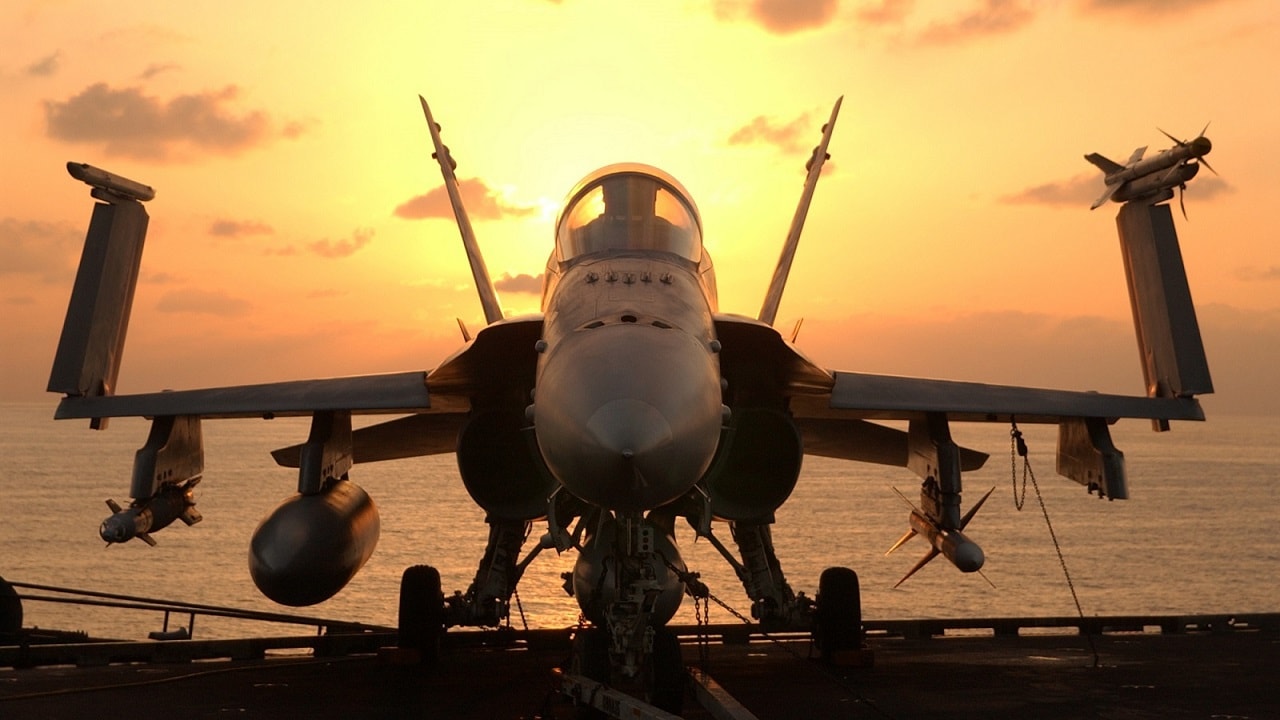President Joe Biden sent the USS Gerald R. Ford with its strike group off the coast of Israel, ostensibly to show support and lend assistance.
While it is right to resupply Israel to enable it to hold off its enemies, eradicate Hamas, and rescue hostages, it is still unclear what exactly the Ford and its escorts are supposed to do.
An aircraft carrier is not necessary to insert SEAL Teams into Gaza to rescue captured Americans, nor is it necessary to have the U.S. Navy’s most advanced aircraft carrier in place to evacuate Americans.
Ben Gurion Airport outside Tel Aviv continues to function, and Ospreys can reach Israel from the U.S. and Greek Naval Base at Souda Bay, Crete, or from anywhere in Cyprus.
Discussing Iran’s Involvement
While pundits debate the degree of Iran’s responsibility, Hezbollah’s relative restraint actually suggests Iranian control.
Iranian officials know—and have made clear over the years—that should Israel strike Iran’s nuclear program, retaliation will come in the form of tens of thousands of rockets and missiles that Hezbollah has stockpiled under the willful blindness of UN peacekeepers. Should Hezbollah launch a massive attack on its own, Israeli leaders would calculate that since they have already experienced the retaliation, they might as well conduct the attack.
Iran remains the elephant in the room. Discussions of proof of Iranian command and control reflect more ignorance of Iran than its innocence. It is a mistake to project the American way of operating onto adversaries.
The Iranian supreme leader is a dictator by veto power rather than by command. He instructs subordinates on what they cannot do, enabling them to take initiative in pursuit of Iran’s broad aims.
It is a doctrine of permission by omission. There simply will never be a smoking gun in the signals intelligence because that is not how Iran works. Still, the Iranian government is susceptible to pressure.
Isolation and “maximum pressure” forced it to release the 52 American hostages seized at the American embassy in 1979 and later forced Ayatollah Ruhollah Khomeini to “drink from the chalice of poison” and accept a ceasefire to end the Iran-Iraq War.
Actions from Washington
If the White House and Pentagon want to show Iran that they are indeed serious about countering terror and deterring the spread of war throughout the region, it is essential they deploy a carrier strike group to the northern Indian Ocean, parking the carrier around 400 miles off the coast of Iran. The Islamic Revolutionary Guard Corps’ greatest deterrence to the U.S. Navy is its arsenal of anti-ship missiles, drones, and speedboats.
To sail into the Persian Gulf is dangerous and makes American shipping unnecessarily vulnerable. But to remain 400 miles offshore would signal to the Iranian leadership that the United States could strike them with impunity without Iran having the ability to strike at American ships.
Biden has a choice: He can virtue signal or he can put Iran on notice. Unfortunately, the default position of the White House remains to prioritize symbolism over substance.
Now a 19FortyFive Contributing Editor, Dr. Michael Rubin is a Senior Fellow at the American Enterprise Institute (AEI). Dr. Rubin is the author, coauthor, and coeditor of several books exploring diplomacy, Iranian history, Arab culture, Kurdish studies, and Shi’ite politics, including “Seven Pillars: What Really Causes Instability in the Middle East?” (AEI Press, 2019); “Kurdistan Rising” (AEI Press, 2016); “Dancing with the Devil: The Perils of Engaging Rogue Regimes” (Encounter Books, 2014); and “Eternal Iran: Continuity and Chaos” (Palgrave, 2005).

